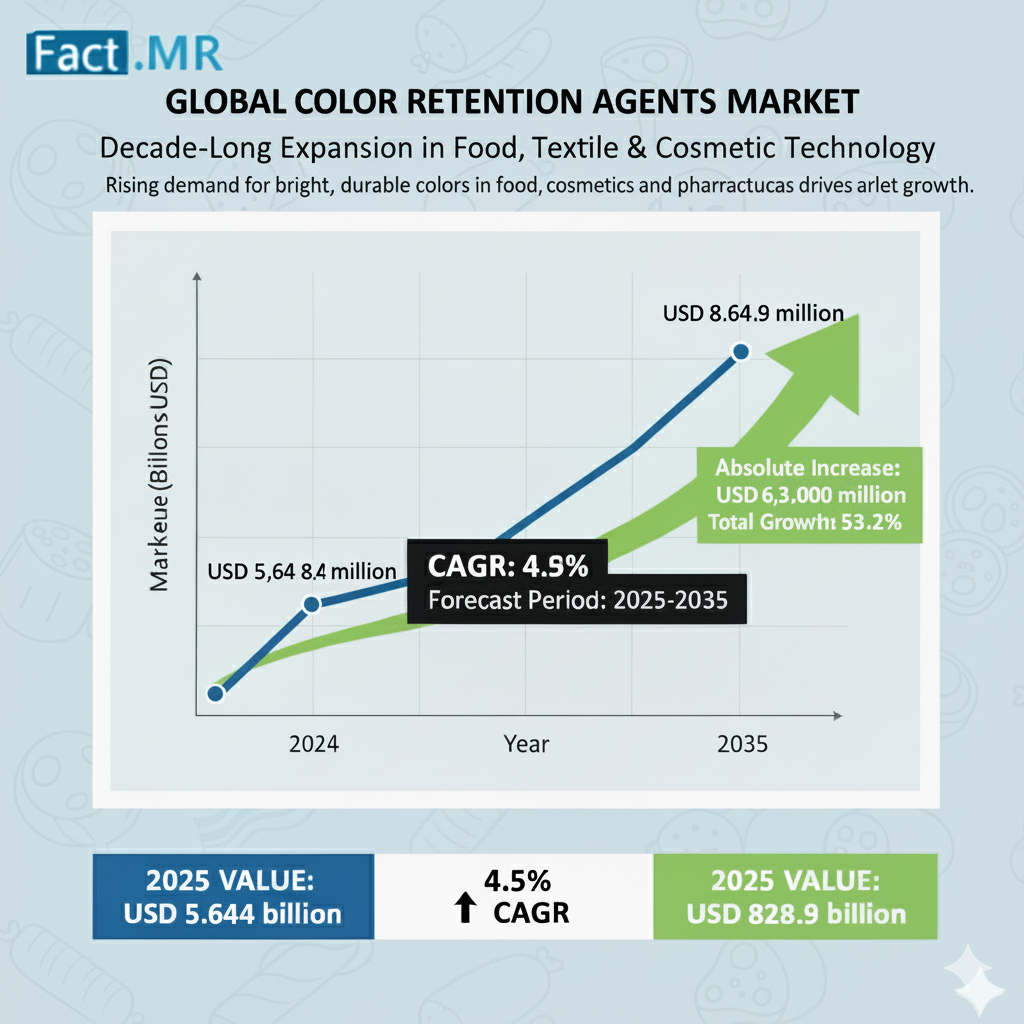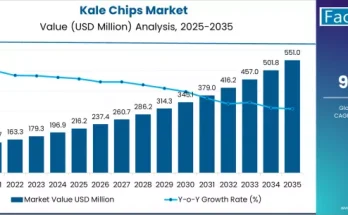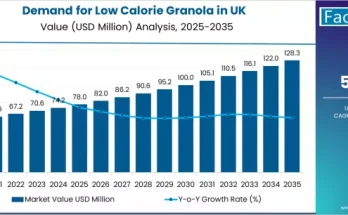The color retention agents market is estimated to grow from USD 5.64 billion in 2025 to USD 8.64 billion in 2035, registering a CAGR of 4.5%. This is due to rising demand for bright, durable colors in food, textiles, cosmetics, and pharmaceuticals.These agents are essential in maintaining the beauty and functional integrity of products, inhibiting color degradation due to oxidation, heat, or light. Increasing consumer preference for organic and natural colorants is further redefining the market landscape.
Color Retention Agents Market Overview by Agent Type:
The market is segmented by agent type into acid, gluconate, polyvinylpolypyrrolidone (PVPP), and sulfate, each addressing specific stabilization needs across industries. Acid-based agents dominate with a 30% market share in 2025, driven by their efficacy in preventing discoloration in processed meats, beverages, fruits, and textiles. Key examples include ascorbic acid (vitamin C) and citric acid, which inhibit oxidation and extend shelf life in food applications, while also fixing dyes in fabrics. Leading manufacturers like ADM, Cargill, and Jungbunzlauer are prioritizing natural, plant-derived acids to meet organic and clean-label demands.
Gluconate-based agents hold a 25% share, valued for chelating properties that stabilize colors by preventing mineral interactions. Sodium gluconate and calcium gluconate are staples in beverages, dairy, processed meats, cosmetics (e.g., hair dyes and skincare), and pharmaceuticals. Companies such as BASF, Tate & Lyle, and Roquette are advancing bio-based gluconate production to support green chemistry trends. PVPP and sulfate segments, though smaller, are gaining traction in beverages for clarity and in industrial applications for dye fixation, with innovation focused on multifunctional, eco-friendly variants.
Color Retention Agents Market by Nature and Form:
By nature, conventional agents command 55% of the market in 2025, including synthetic acids, phosphates, and sulfites prized for cost-effectiveness and stability in processed foods, textiles, and dyes. Players like BASF, DuPont, and Solvay are refining formulations for regulatory compliance. Natural agents, at 45%, are surging due to consumer preference for organic alternatives like rosemary extracts, tocopherols, and polyphenols. Firms including Kerry, Naturex (Givaudan), and Corbion are investing in extraction technologies for plant-based solutions in juices, dairy, and chemical-free cosmetics.
By form, the market divides into powder, granules, and liquid, with powders leading for ease of handling in dry mixes and textiles, granules for controlled release in encapsulation, and liquids for beverages and personal care. Microencapsulation and nanoencapsulation technologies are emerging as game-changers, enhancing stability and enabling targeted release in functional foods and cosmetics.
Color Retention Agents Market End-User Insights:
End-use segments span beverages, infant foods, dairy products, meat, poultry, egg & fish products, bakery, and functional foods & nutrients. Beverages and meat processing drive the bulk of demand, with agents ensuring visual appeal in juices, sodas, cured meats, and seafood. The clean-label trend is propelling natural stabilizers in plant-based foods, alternative proteins, and infant nutrition. Dairy and bakery benefit from antioxidants preserving freshness, while functional foods incorporate them for added health benefits. Cosmetics demand permanent pigments in makeup and skincare, and pharmaceuticals use them for UV-stable coatings in tablets and capsules. Textiles rely on non-toxic fixatives amid sustainability pressures.
Color Retention Agents Market Regional Analysis:
Regional dynamics highlight varied growth trajectories. China leads with a 5% CAGR, reaching USD 2.3 billion by 2035, propelled by booming processed foods, cosmetics, textiles, and pharmaceuticals amid rising clean-label preferences. South Korea (4.2% CAGR) and Japan (3.9% CAGR) follow in East Asia, fueled by K-beauty, fermented foods, and high-tech applications. The U.S. (4% CAGR, USD 1.4 billion in 2025) emphasizes frozen foods, beverages, and natural variants under strict regulations.
Europe shows moderate growth—U.K. (3.8%), France (3.6%), Germany (3.5%), Italy (3.3%)—driven by premium dairy, wine, confectionery, and eco-friendly textiles. Oceania, with Australia (3.7%) and New Zealand (3.4%), focuses on dairy, seafood, and organic products. Emerging markets in South Asia, Latin America, and MEA are accelerating via industrialization and urban consumption.
Color Retention Agents Market Recent Developments and Competitive Landscape:
The market is competitive, with leaders innovating in bio-based, encapsulation, and sustainable solutions to counter regulatory scrutiny on synthetics. Key players include BASF SE (20% share), Uralchem (18%), Zhejiang Longsheng Group Co., Ltd. (15%), Linyi Luguang Chemical Co., Ltd. (12%), and APAC Chemical Corporation (10%), alongside others like General Chemical Industrial Products, Canton Chem, Spectrum Chemical Mfg Corp, Sonac, Zhejiang Wecan Biotechnology Co., Ltd., Grace, Hainan Zhongxin Wanguo Chemical Co., Ltd., Hefei TNJ Chemical Industry Co., Ltd., Food Ingredient Technology Co., Ltd., and Ronas Chemicals Ind. Co., Ltd.
BASF SE leads with sustainable portfolios; Uralchem expands in emerging markets; Zhejiang Longsheng specializes in dyes. Recent activities include R&D in plant-derived antioxidants, partnerships with food giants like Nestlé and Unilever, and biodegradable alternatives for textiles. Strategies emphasize traceability, emission reductions, and compliance with EU/North American standards.
As a prominent industry leader and manufacturer in specialty chemicals, [Your Company Name] is excited to announce our strategic interest in the color retention agents market following this insightful Fact.MR report. With our proven expertise in high-purity acids, gluconates, and natural extracts, we are poised to invest in advanced encapsulation technologies and bio-based innovations. This positions us to capture growth in clean-label foods, sustainable cosmetics, and eco-friendly textiles, delivering superior stability and performance to global partners.
Color Retention Agents Market Outlook and Key Takeaways:
The global market is set for robust expansion to USD 8.64 billion by 2035 from USD 5.64 billion in 2025 at a 4.5% CAGR. Natural and acid-based segments will dominate, with China and beverages leading. Success hinges on sustainability, R&D, and regulatory agility—trends [Your Company Name] is actively pursuing.
Browse Full Report-https://www.factmr.com/report/1101/color-retention-agents-market


